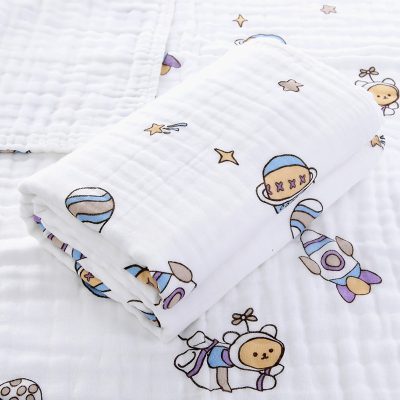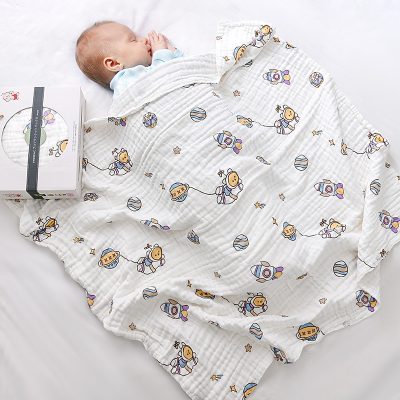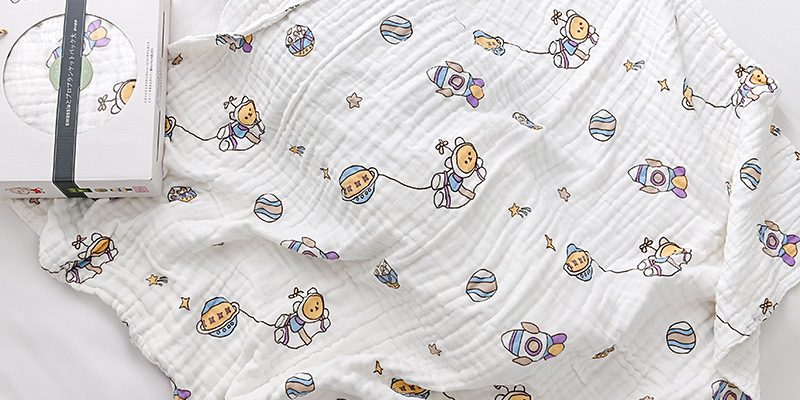Mink blankets have an interesting history that spans continents and centuries, shaped by technological advancements, cultural exchange, and evolving consumer preferences. Here’s an overview of their journey:
1. **Origin and Early Development**: Mink blankets trace their origins to the mid-20th century, primarily in Asia. Initially, these blankets were made using natural mink fur, prized for its softness and warmth. However, as concerns over animal welfare grew, manufacturers began exploring synthetic alternatives that mimicked the luxurious feel of mink fur.
2. **Korean Influence**: South Korea played a significant role in the development and popularization of mink blankets. Korean manufacturers became renowned for their production techniques, creating blankets that combined warmth with artistic designs. Korean mink blankets gained popularity not only in Asia but also in North America and other parts of the world.
3. **Technological Advancements**: The production of mink blankets benefited from advancements in textile manufacturing technology. Synthetic fibers such as acrylic and polyester were used to create blankets that were soft, lightweight, and easier to care for than natural fur blankets. These materials also allowed for a wide range of colors and patterns.
4. **Global Expansion**: By the late 20th century, mink blankets had become a global phenomenon. They were exported from manufacturing hubs in countries like South Korea, China, and India to markets in North America, Europe, and beyond. Their popularity grew due to their affordability, durability, and the luxurious feel they offered.
5. **Design and Cultural Adaptation**: Mink blankets are known for their vibrant designs and patterns, often incorporating cultural motifs from various regions. They became not just functional items but also decorative pieces that reflected local aesthetics and traditions. This adaptability helped them appeal to diverse consumer preferences worldwide.
6. **Contemporary Trends**: In recent years, there has been a growing emphasis on sustainability and ethical production practices in the textile industry. As a response, manufacturers have started offering eco-friendly versions of mink blankets using recycled materials or sustainable fibers, aligning with consumer demand for environmentally conscious products.
Overall, the history of mink blankets illustrates how a blend of tradition, innovation, and global trade has shaped their evolution into a staple in many households worldwide. From their humble beginnings as fur blankets to their modern synthetic counterparts, mink blankets continue to evolve to meet changing consumer needs and preferences.


















